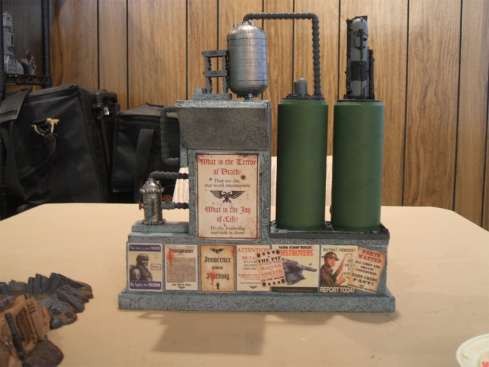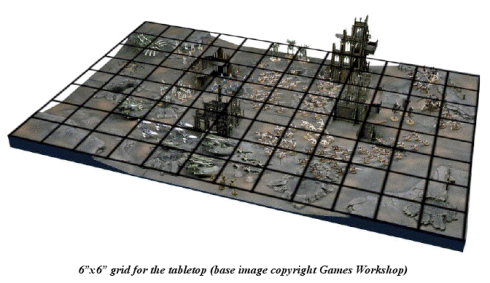
I already gave you some basic rules for how to pick which dice to reroll for fleet, but they are specifically for charging in the open. Charging through terrain means 3d6 drop the highest, which means more complexity in terms of which dice to reroll.
For your benefit dear reader, I’ve gone ahead and worked out the optimal rerolls, but they do require a more clunky set of guidelines than last time. A key distinction here is that when you make your initial 3d6 roll I’ve called the lowest die the min, the highest the max, and the middle one the mid – the best choice for a reroll depends on what you got for min mid and max in your first roll.
Without further ado, here’s what you need to get the most out of Fleet in terrain:
| Range | Reroll all 3d6 | Reroll lowest 2d6 | Reroll Lowest D6 |
| 3″ | 111 | Not 111 | Never |
| 4″ | 111 or 112 | All others | 122 |
| 5″ | max<=2 | All others | 123, 133, 223 |
| 6″ | All others | max>=4 | mid=max=3 |
| 7″ | max<=3 | All others | max=4, mid=3 OR 4 |
| 8″ | max<=3 | All others | mid=max=4 |
| 9″ | max<=3 | All others | max=5, mid=4 OR 5 |
| 10″ | max<=4 | All others | mid+max>=10 |
| 11″ | max<=4 | All others | max=6, mid=5 OR 6 |
| 12″ | No 6s | One 6 | Two 6s |
This probably seems a bit impenetrable at first, so here’s a few notes on reading it. The range column is the range to your target, the three other columns are the conditions for a given range that you would reroll 1, 2, or 3 dice. For example, say you are 3” from your target, if you roll triple 1, then you should reroll all three dice, otherwise reroll the lowest two dice.
As another example, say the range is 10”, if the highest of your dice (i.e. max) is 4 or less then reroll all three, if the sum of the highest and middle dice is greater than or equal to ten then just reroll the lowest 1d6, otherwise just keep the highest die and reroll the lowest 2d6.
Happy fleeting my friends!






